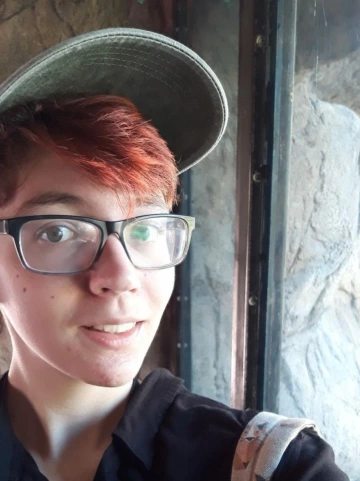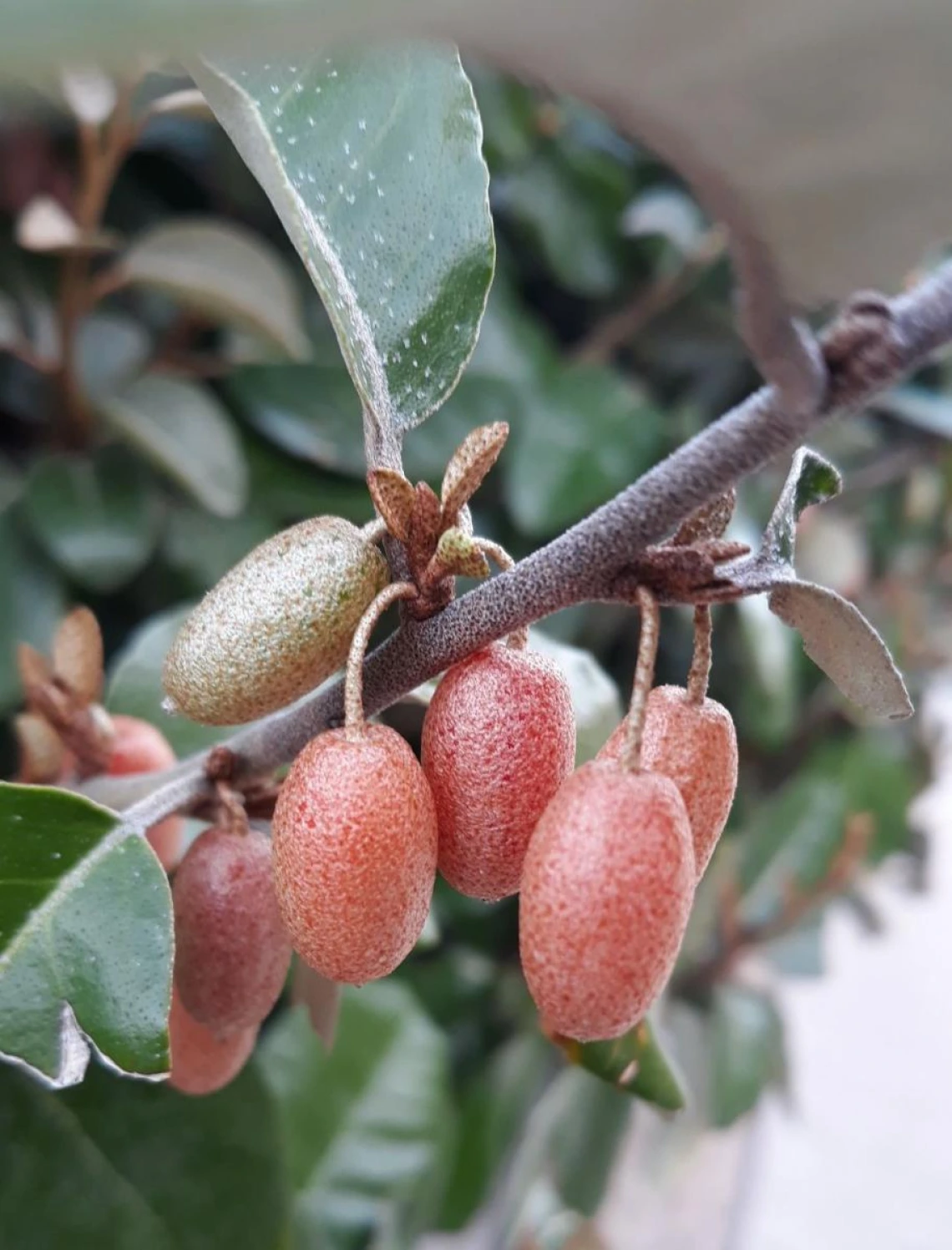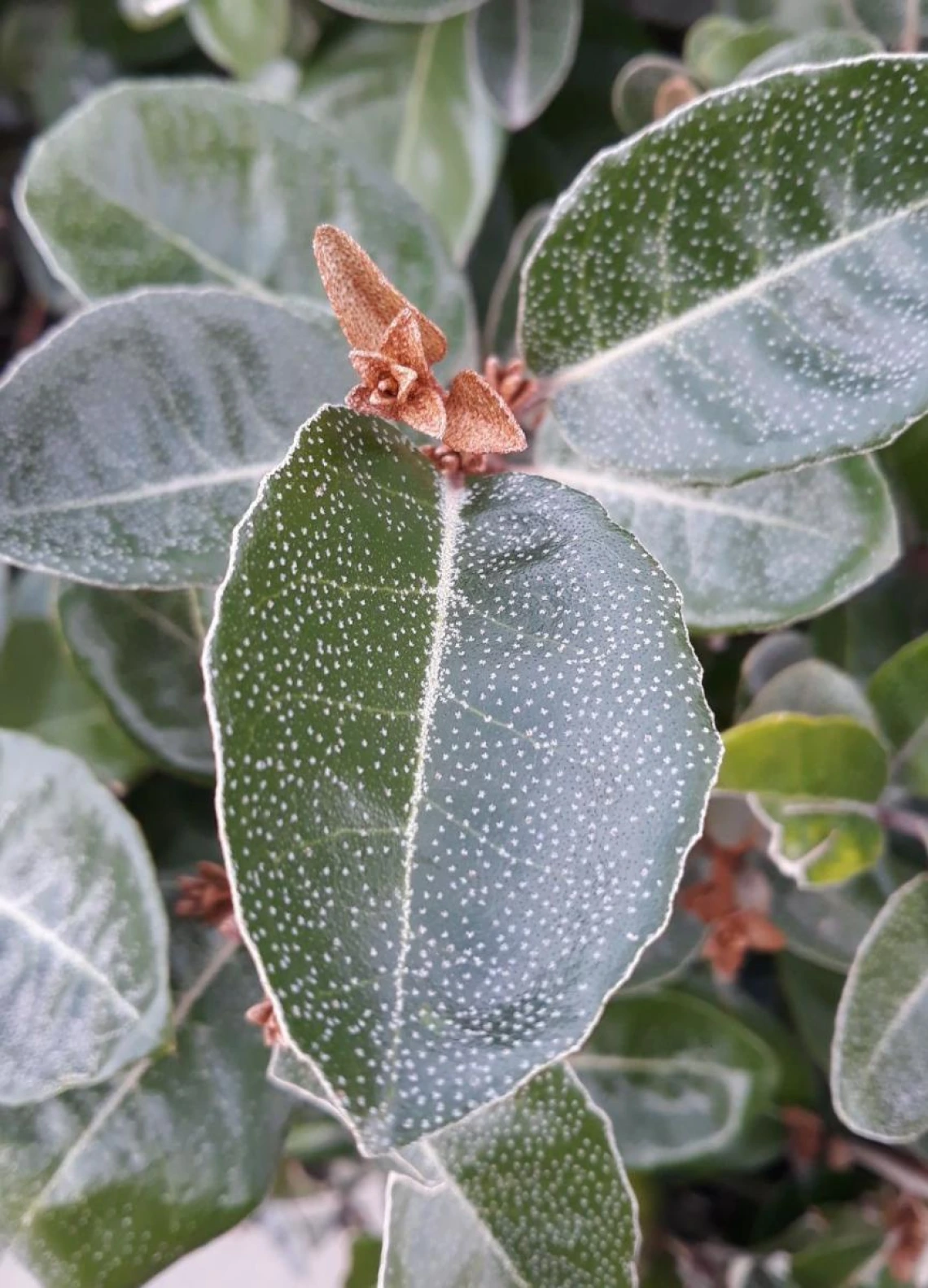Special Students Summarize Special Species

While there have been many students throughout the Campus Arboretum's history who have researched and created content describing the plants in the campus collection, few have been as exceptional as those created Spring 2020 by William Lampman. William is an undergraduate student in the College of Agricutlure and Life Sciences (Class of 2022), double majoring in Plant Science, BS (School of Plant Sciences), and in Natural Resources, Wildlife Conservation Emphasis, BS (School of Natural Resources). Mentoring students for arboretum projects is always a mutually beneficial experience for student and program, but my experience mentoring William has been extraordinarily rewarding. His work ethic, botanical knowledge, insatiable curiosity, and dedication to quality research are nearly unmatched in my 15 years of teaching and 10 years as Director of the Campus Arboretum. Students like this fuel my great hope for the future! I hope you'll gain as much by sharing his project as I did working with William!
Here's What Happened
Spring 2020, William was hired thanks to donor generosity and funds from Federal Work Study, to research species information for Campus Arboretum website's species description pages. Since, this content is virtually accessible and is used as an educational resource by 50-75K users each year, both the scientific accuracy, readability, and broad appeal are all important. As such, the species pages include diverse content ranging from botanical characteristics, and cultivation, to natural history, and ethnobotanical uses. There are hundreds of plants in the University of Arizona's living collections now described and available online.
The Project
William signed up to research available literature and summarize findings in descriptive reports for 10 species (we call them "taxa"). He not only researched the botanical characteristics, natural history, ecological distribution and environmental adaptation, but also covered practical information relating to horticultural propagation, cultivation, and any known uses of the plant as food, fiber, medicines etc. Each week he submitted reports to me for suggestions, editing, and discussion. The conversations were educationally rich, and instructionally inspiring, and William's progress rapid. He completed the 10 species reports earlier than expected, uploaded these to the website, and then took initiative to explore campus, photograph the plants, and upload images to the species pages! He then completed 2 additional species, with photos (for fun!). The plants he described and photographed are hyperlinked below. Feel free to dig in and learn! If you can't explore now, many of these plants and their corresponding species pages will be featured in upcoming newsletters. (Subscribe HERE). Here's the list of completed species description pages William did Spring 2020:
- Abelia x grandiflora, Glossy abelia
- Acoelorraphe wrightii, Everglades palm
- Agave attenuata, Foxtail agave
- Agave parryi var. truncata, Artichoke agave
- Bulnesia retama, Retama
- Caesalpinia paraguariensis, Tranquility tree
- Cercocarpus betuloides, Birch leaf mountain mahogany
- Cereus childsii, Cereus cactus
- Cotinus coggygria, Smoketree
- Elaeagnus pungens, Silverthorn
- Escobaria vivipara, Spinystar
- Nandina domestica cultivar ‘Compacta’, Dwarf sacred bamboo
- Pachystachys spicata, Cardinal’s guard


More Wonder
In addition, when William completed his contracted project (with bonus plant reports), he applied his experience and training to independently work on two other projects! First, he regularly toured campus to note and record phenology information for blooming plants to be used in a future "What's In Bloom" tour. He then revised and improved eleven species description reports created by students in the PLS330 Principles and Techniques of Plant Propagation and Culture course. For these, he not only checked for accuracy, but greatly expanded the literature review, and took photos as needed. All of this, he then uploaded to the species pages. The completed descriptions William revised and uploaded for the Plant Propagation student reports include:
- Acca sellowiana, Strawberry guava
- Agave salmiana, Giant agave
- Agave shawii, Coastal agave
- Astrophytum asterias Sand dollar cactus
- Astrophytum myriostigma, Bishop cactus
- Euphorbia tirucalli, Fire sticks
- Ferocactus glaucescens, Blue barrel cactus
- Mammillaria geminispina, Twin spined cactus
- Mammillaria parkinsonii, Owl eye pincushion
- Myrtillocactus geometrizans, Blue candle cactus
- Ziziphus mauritiana, Indian jujube


William continued his work in 2021 completing more than 75 species descriptions for the Mark Dimmitt Desert Plant Conservatory Project, a collaboration of the UA Plant Sciences Club and the Campus Arboretum. See the collection here.
Further, William presented his work at the 2021 Annual Meeting of the American Society of Horticulture Science (ASHS), after winning the ASHS Outstanding Undergraduate Member at the University of Arizona (see the certificate photo below). For the conference, William prepared a poster outlining the work completed, an accompanying recording, and supplemental handout. Learn more about the ASHS presentation here!


